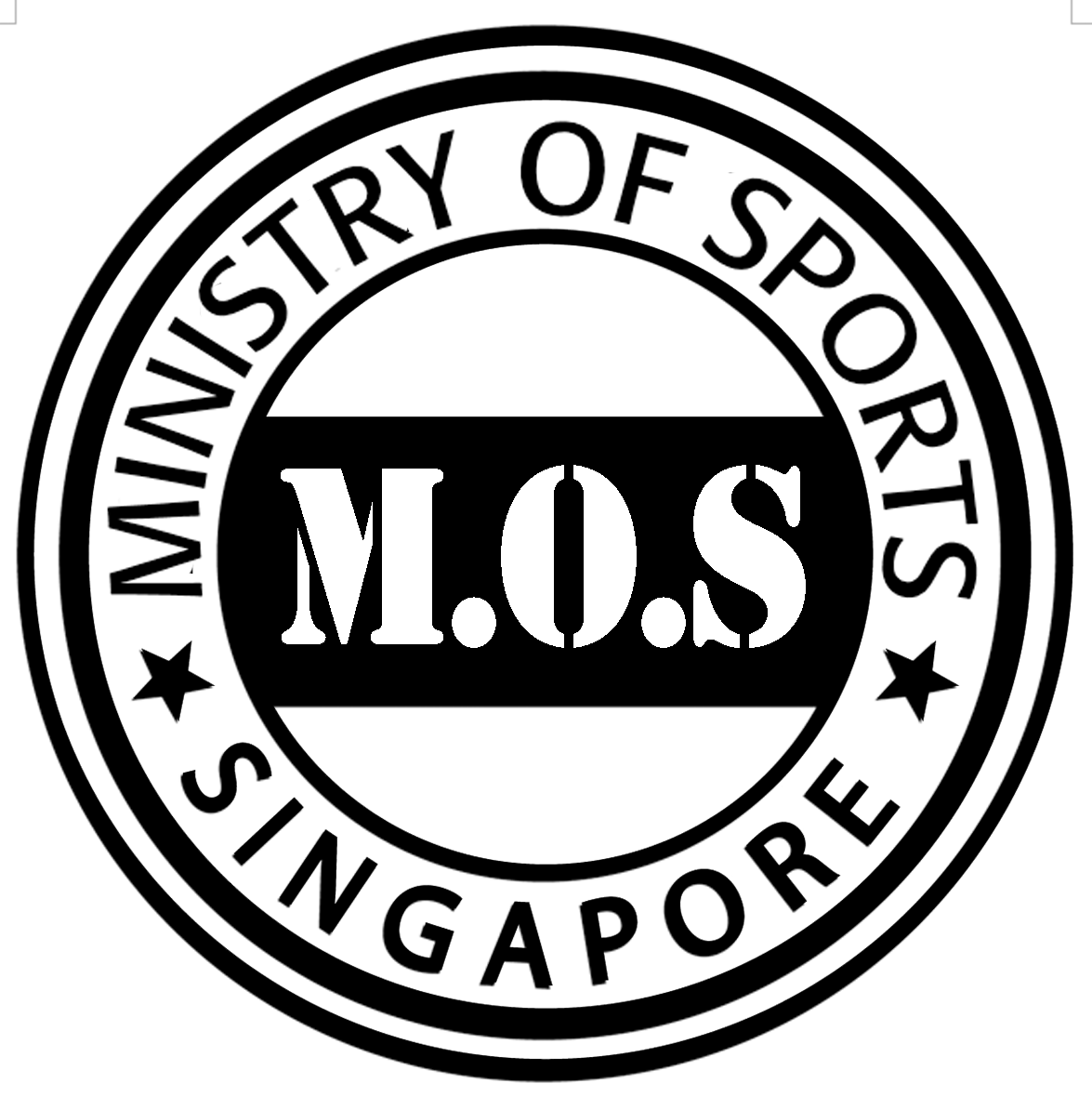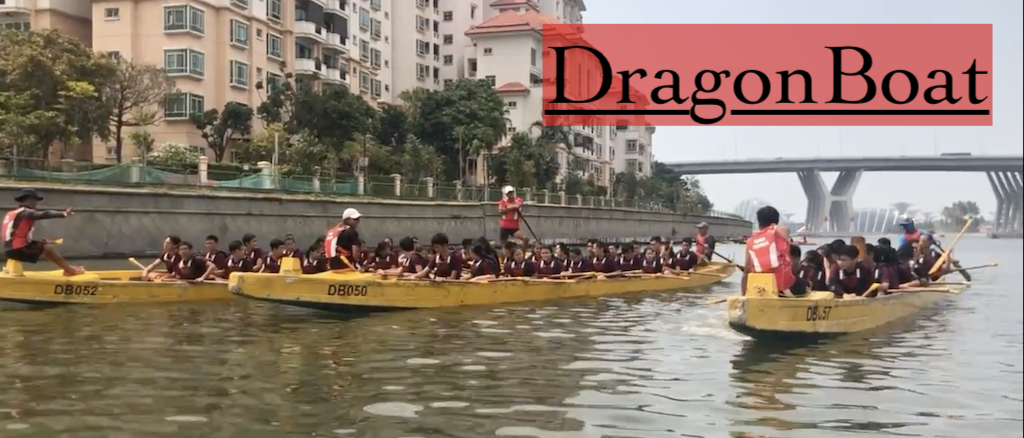Kindly contact us via email info@mof.com.sg or whatsapp (click on below) to tailor make a program for you, your company, club or school. We do that weekly at affordable prices for all groups of people! There are basic and advanced programs, small or larger groups, one-off activities or weekly customized programs etc. etc.
info@ministryoffootball.com.sg
https://api.whatsapp.com/send?phone=6592799006
Contact us at for more information ! The below gives you an idea of what our program will be like!
Our Dragon Boat and Kayaking sessions are conducted at certified venues, conducted by certified instructors, catering to both introductory lessons as well as those who are advanced sportspersons for example representing school teams.
Introduction and basic knowledge from: https://en.wikipedia.org/wiki/Dragon_boat
A dragon boat is a human-powered watercraft originating from the Pearl River Delta region of China’s southern Guangdong Province. These were made of teak, but in other parts of China, different kinds of wood are used. It is one of a family of traditional paddled long boats found throughout Asia, Africa, the Pacific islands, and Puerto Rico. The sport of dragon boat racing has its roots in an ancient folk ritual of contending villagers, which dates back 2000 years throughout southern China, and even further to the original games of Olympia in ancient Greece. Both dragon boat racing and the ancient Olympiad included aspects of religious observances and community celebrations, along with competition.
Crew
The crew of a standard dragon boat typically consists of 22 team members: 20 paddlers in pairs facing toward the bow of the boat, 1 drummer or caller at the bow facing toward the paddlers, and 1 steerer standing at the rear of the boat.[2] Dragon boats, however, do vary in length and the crew size changes accordingly, from small dragon boats with only 10 paddlers up to traditional boats which have upwards of 50 paddlers, plus drummer(s) and steerer.
Drummer
The pulsation of the drum beats produced by the drummer may be considered the “heartbeat” of the dragon boat. The drummer leads the paddlers throughout a race using the rhythmic drum beat to indicate the frequency and synchronization of all the paddlers’ strokes (that is, the cadence, picking up or accelerating the pace, slowing the rate, etc.). The drummer may issue commands to the crew through a combination of hand signals and voice calls, and also generally exhorts the crew to perform at their peak. A drummer is typically mandatory during racing events, but if he or she is not present during training, it is typical for the sweep to direct the crew during a race. The drummer’s role is both tactical and ceremonial. In official competitions, such as world championships, drummers must physically beat the drum, else the team may be issued a penalty. In other events or practices, the drummer of an experienced team may not hit the drum, as the team can paddle naturally together, sans a drum beat.
Good drummers should be able to synchronize their drumming with the strokes of the leading pair of paddlers, rather than the other way around.
Paddlers
Pairs of paddlers sit facing forward in the boat, and use a specific type of paddle which, unlike equipment used in rowing, is not rigged to the boat in any way. Because the paddlers face the direction of boat-movement, dragon boaters “paddle,” and do not “row.”
The paddle now accepted by the International Dragon Boat Organization has a standardized, fixed blade surface area and distinctive shape derived from the paddle shapes characteristic of that used by inhabitants of the Pearl River delta region of Guangdong Province, China adjacent to Hong Kong. The IDBF[3] Paddle Specification 202a (PS202a)[4] has straight flared edges and circular arced shoulders, based geometrically on an equilateral triangle positioned between the blade face and the neck of the shaft.
The first pair of paddlers, called “pacers,” “strokes” or “timers,” set the pace for the team and are responsible for synchronizing their strokes with one another, because it is critical that all paddlers are synchronized. The direction of the dragon boat while racing is set by the steerer, but for docking and other maneuvers, individual paddlers may be asked to paddle (while others either stop the boat or rest) according to the commands given by the drummer or steerer.
There are generally three different strokes used by paddlers: a (normal) forward stroke, a backstroke, and a draw stroke.
Steerer
The direction of a dragon boat’s movement is controlled by the steerer standing in the back of the boat. Many terms exist for the person steering the boat, such as steerer, steersperson, sweep, and helm.
The steerer manipulates a long (typically 9-feet) straight oar, called a steering oar. The steering oar is situated in the upside-down U-shaped oar lock. The oar lock is housed on top of the steering arm, which sticks out perpendicularly on the back-left of a dragon boat.
The oar is used to both steer the boat as it is moving and adjust the positioning of the boat. To steer, a steerer will put the blade of the oar into the water and either push the handle away from him/her, or pull it toward him/her. Doing so will turn the boat right or left, respectively.
A steerer can also use the steering oar to adjust the position of the boat by cranking. When a steerer cranks the steering oar, the stern of the boat moves either to the left or right, spinning the boat. This is typically executed to turn the boat around at practice or to ensure a boat is lined up straight and pointing directly down a racecourse.

